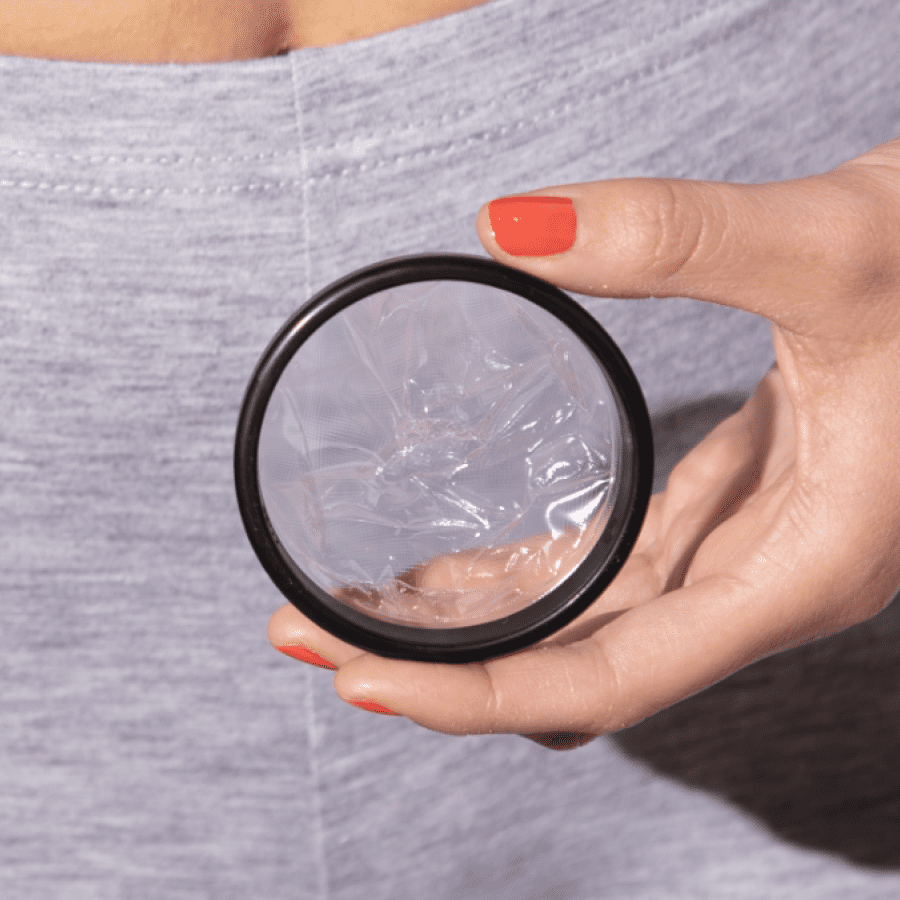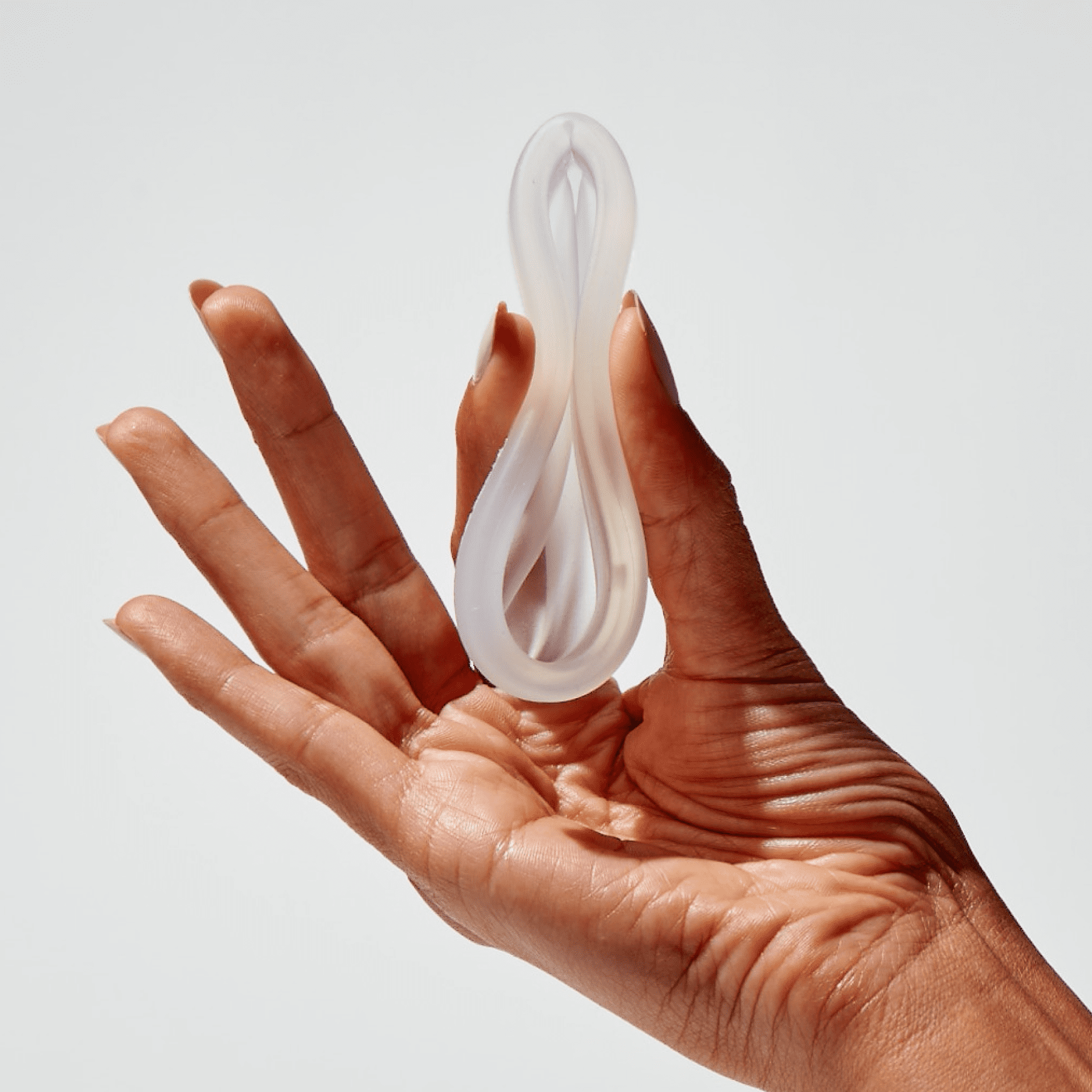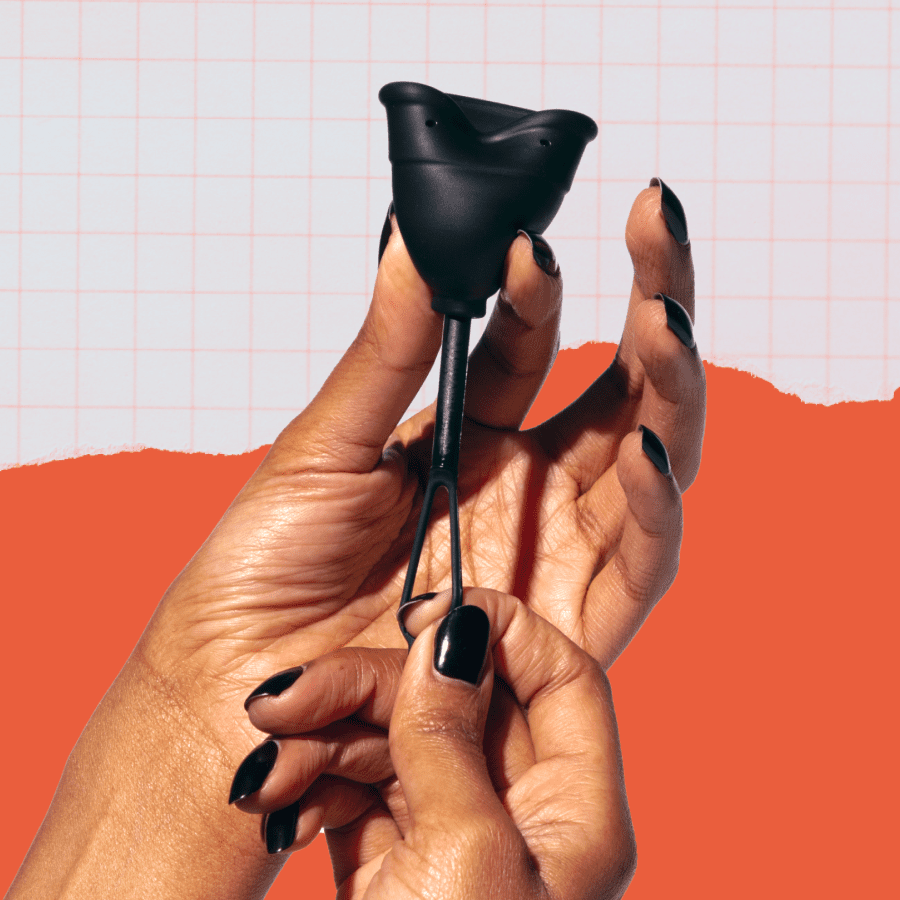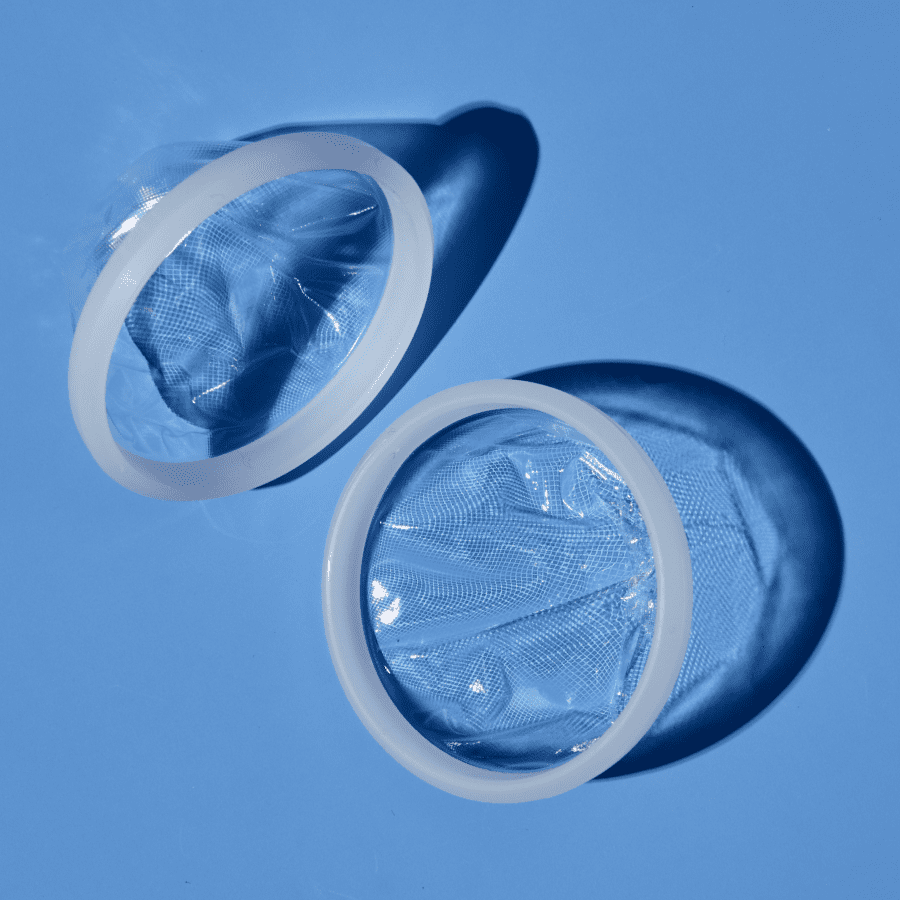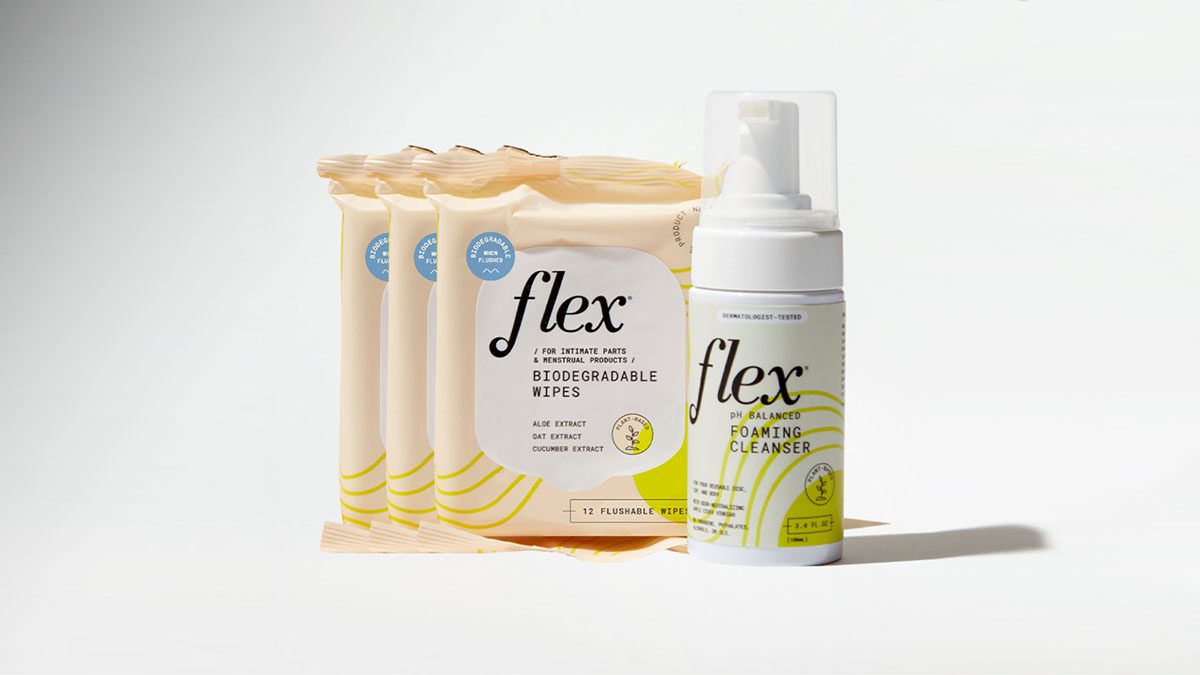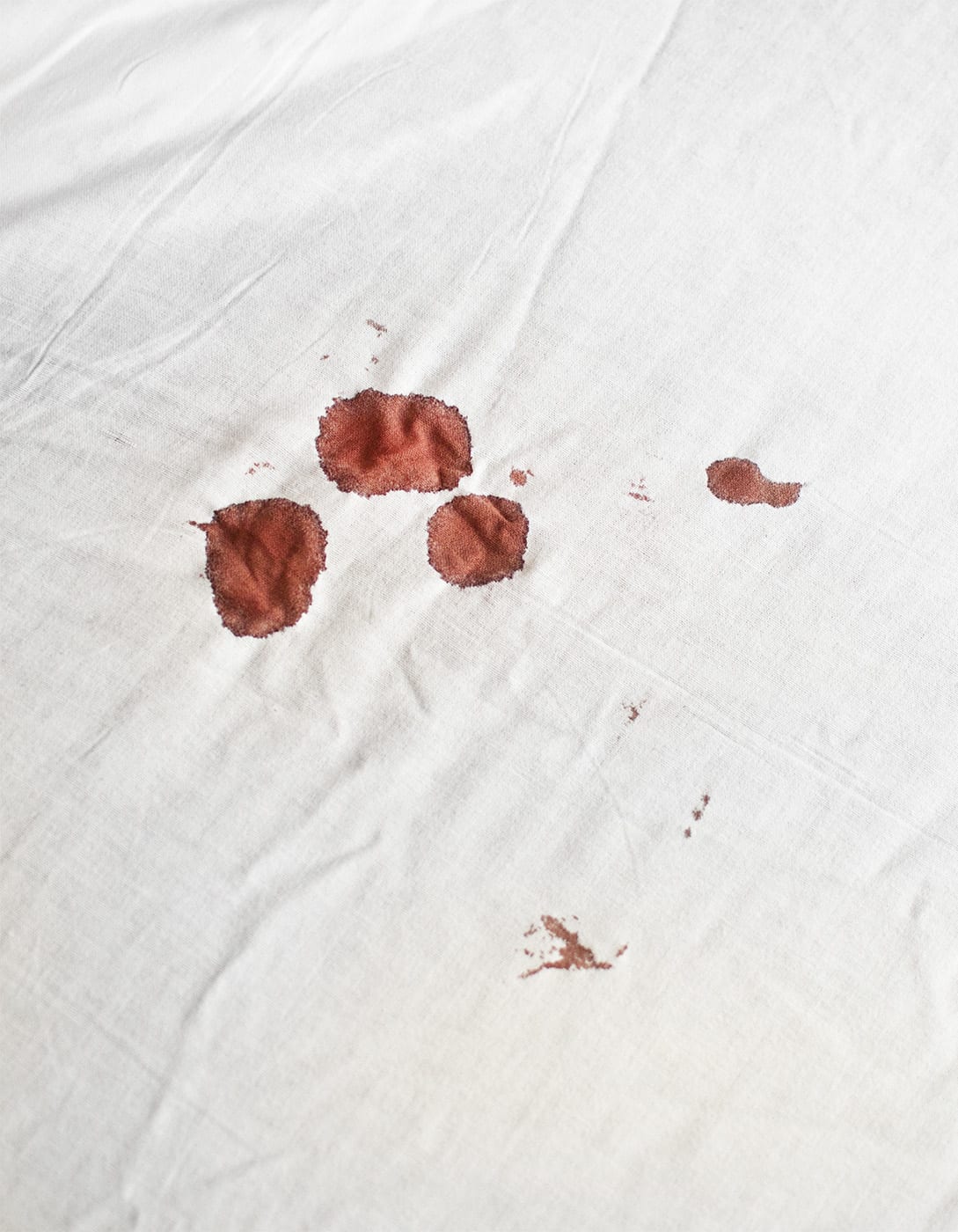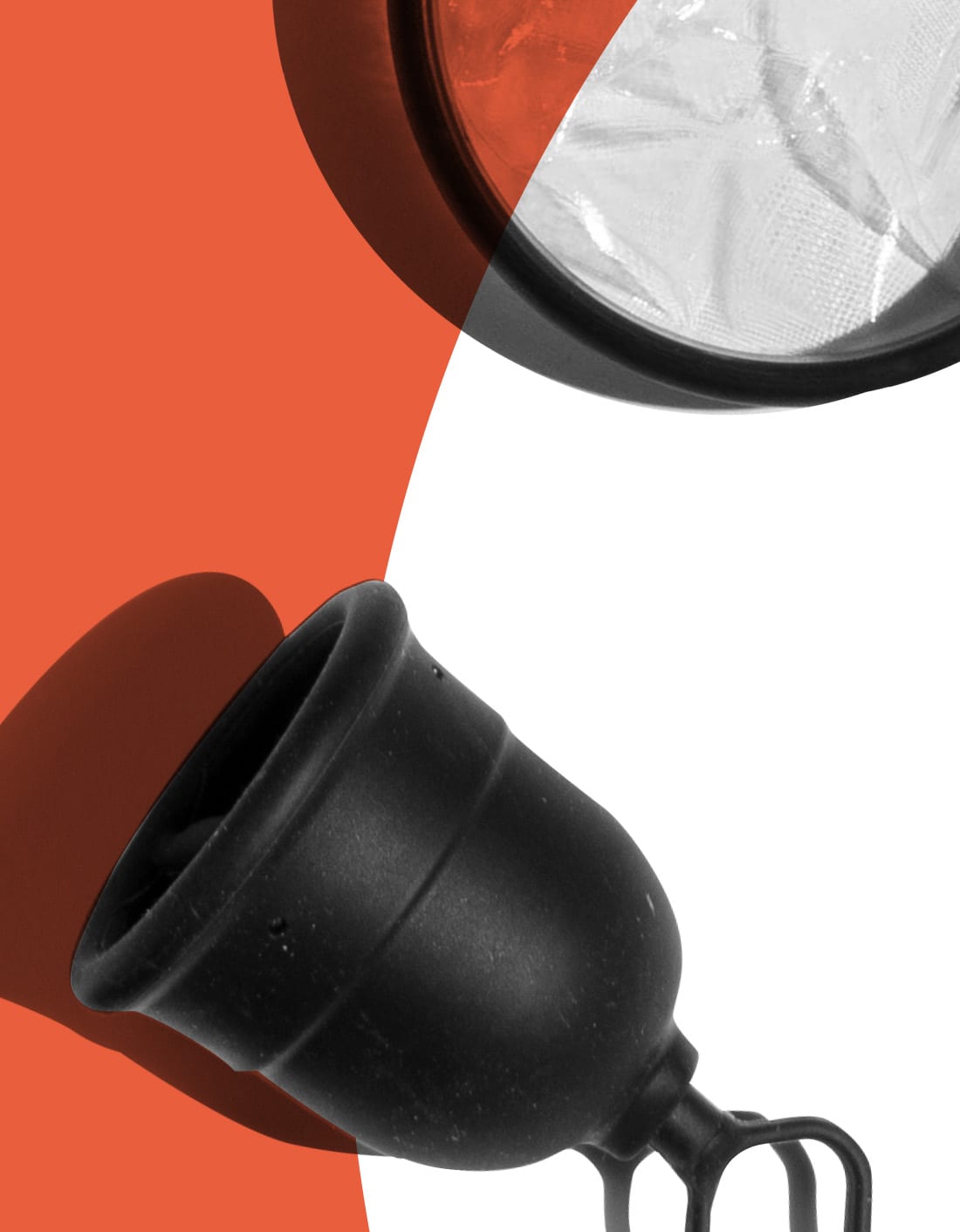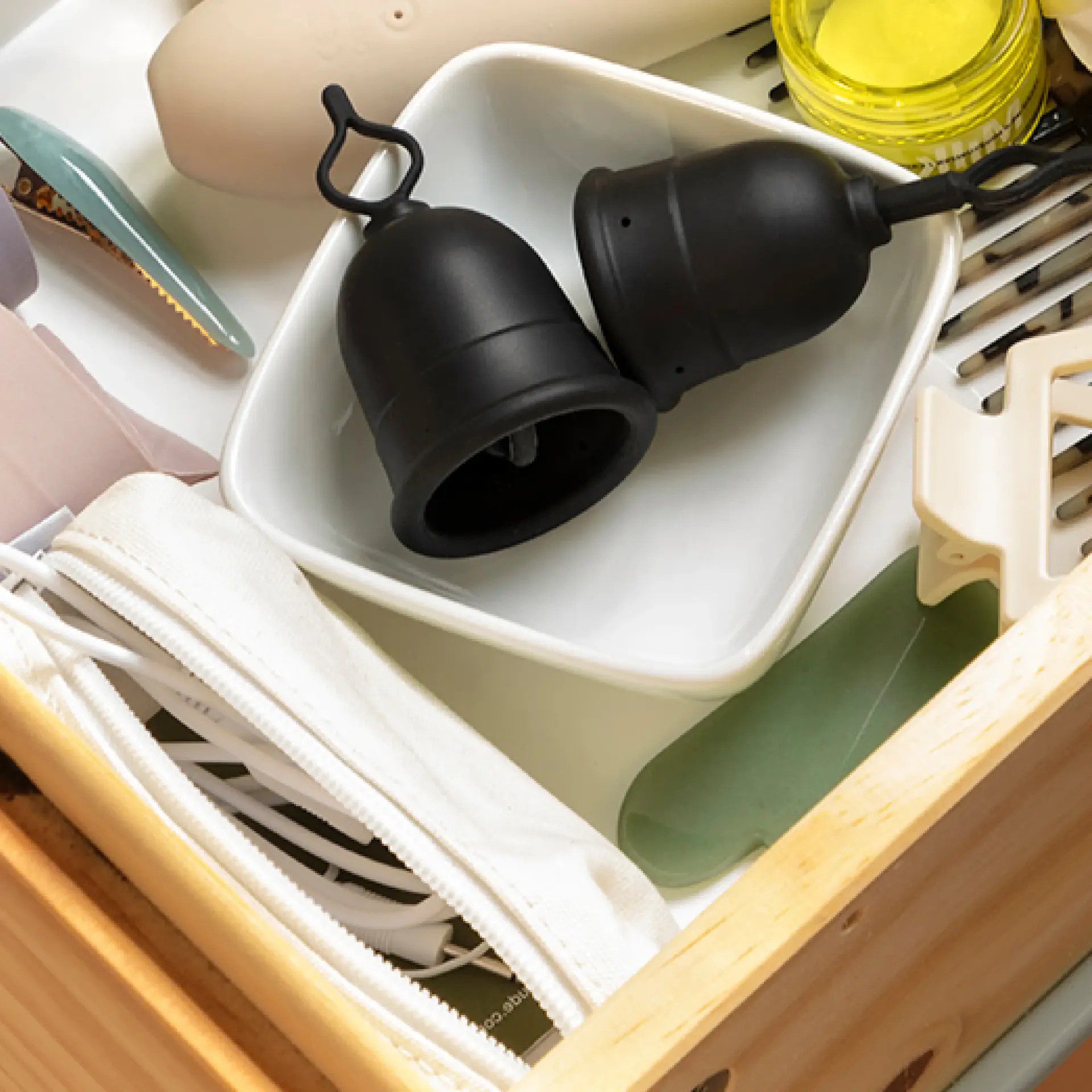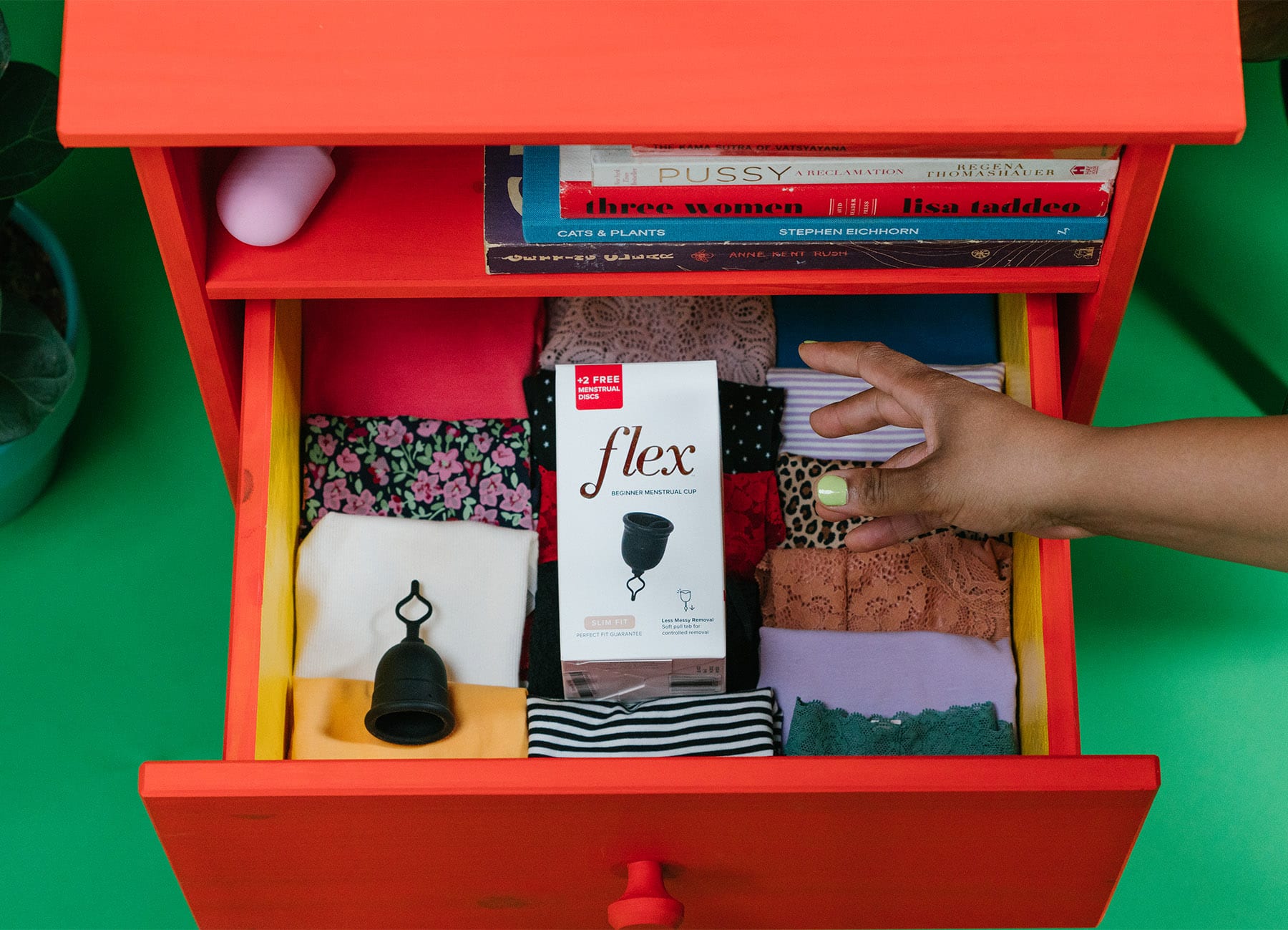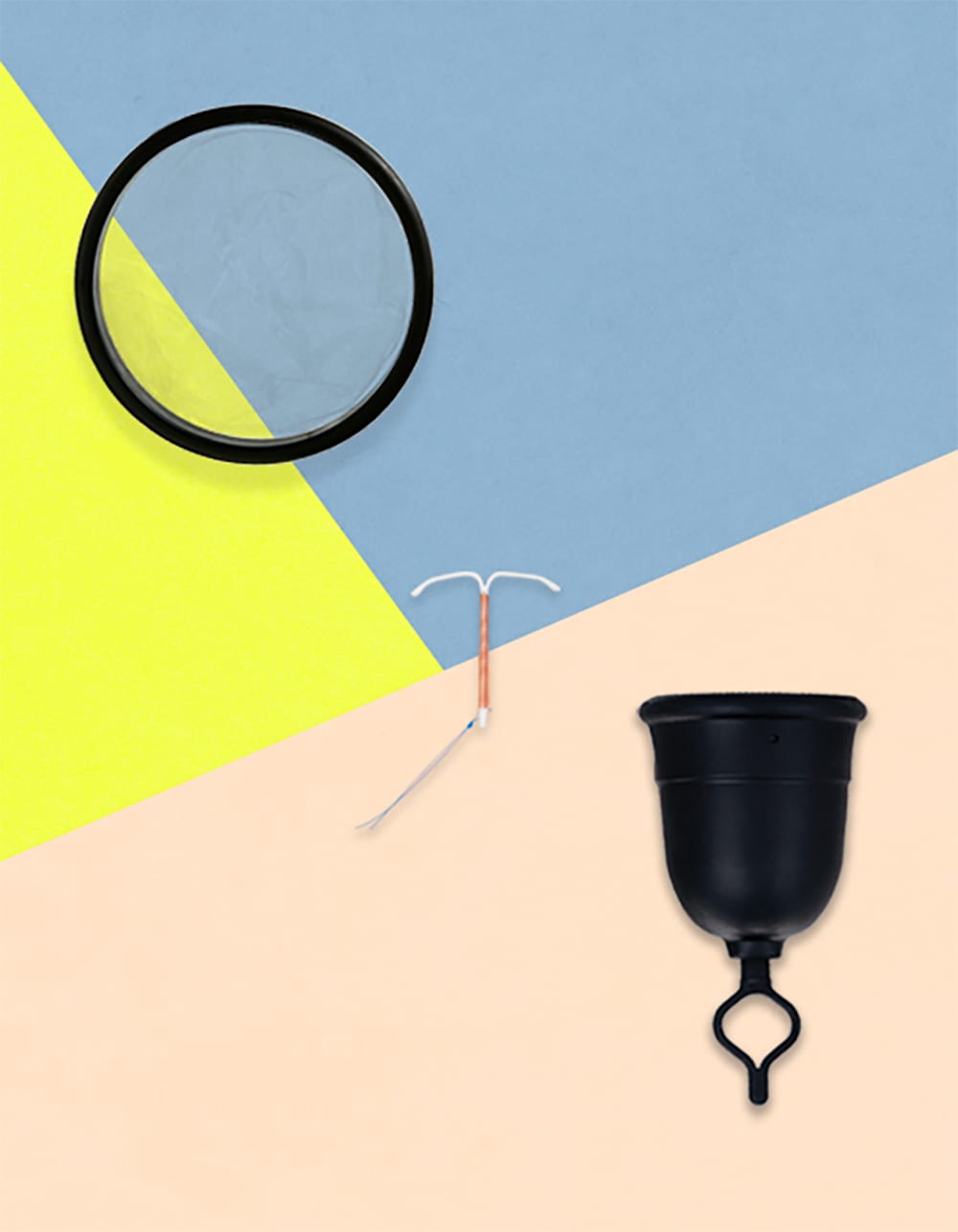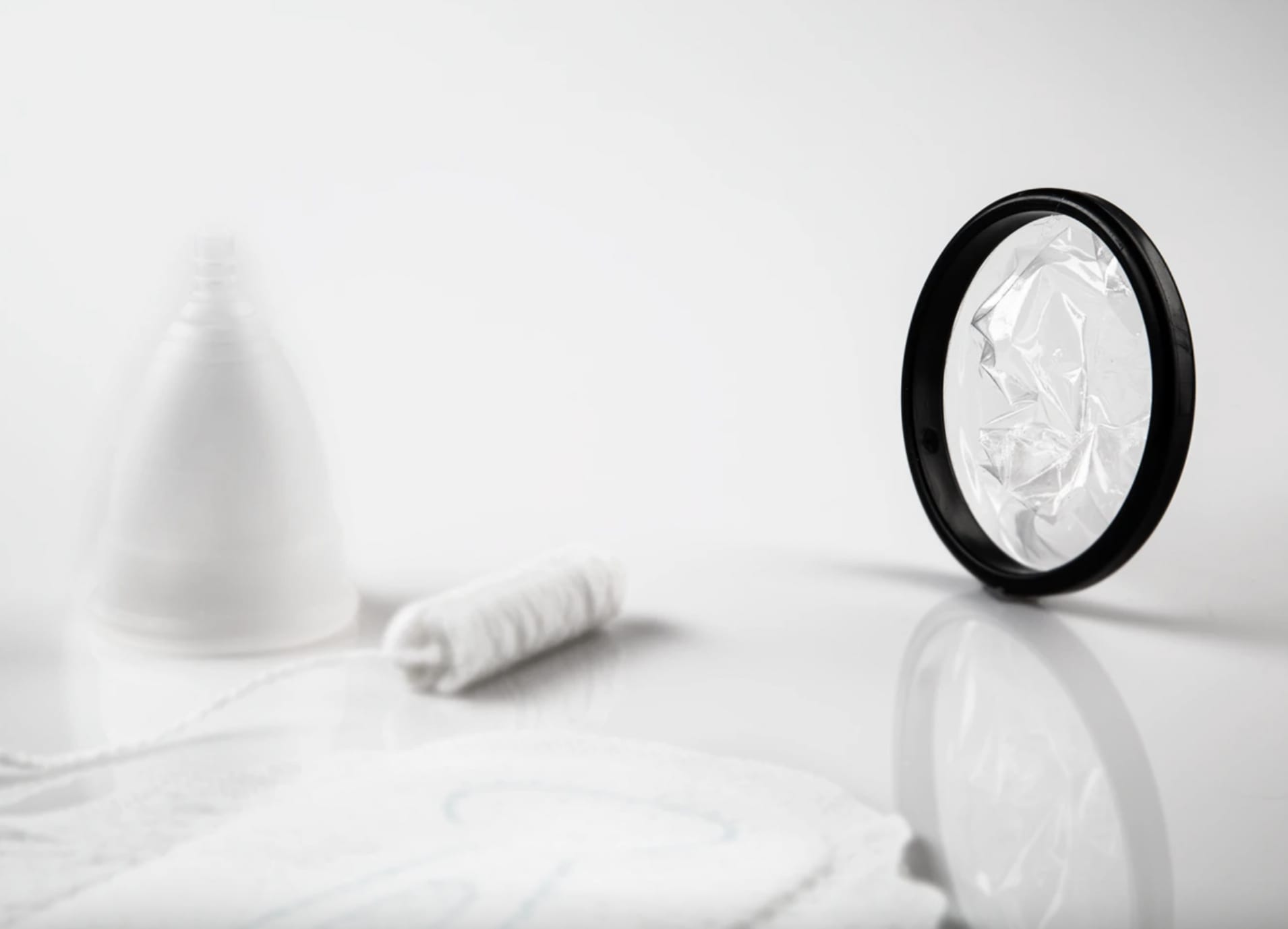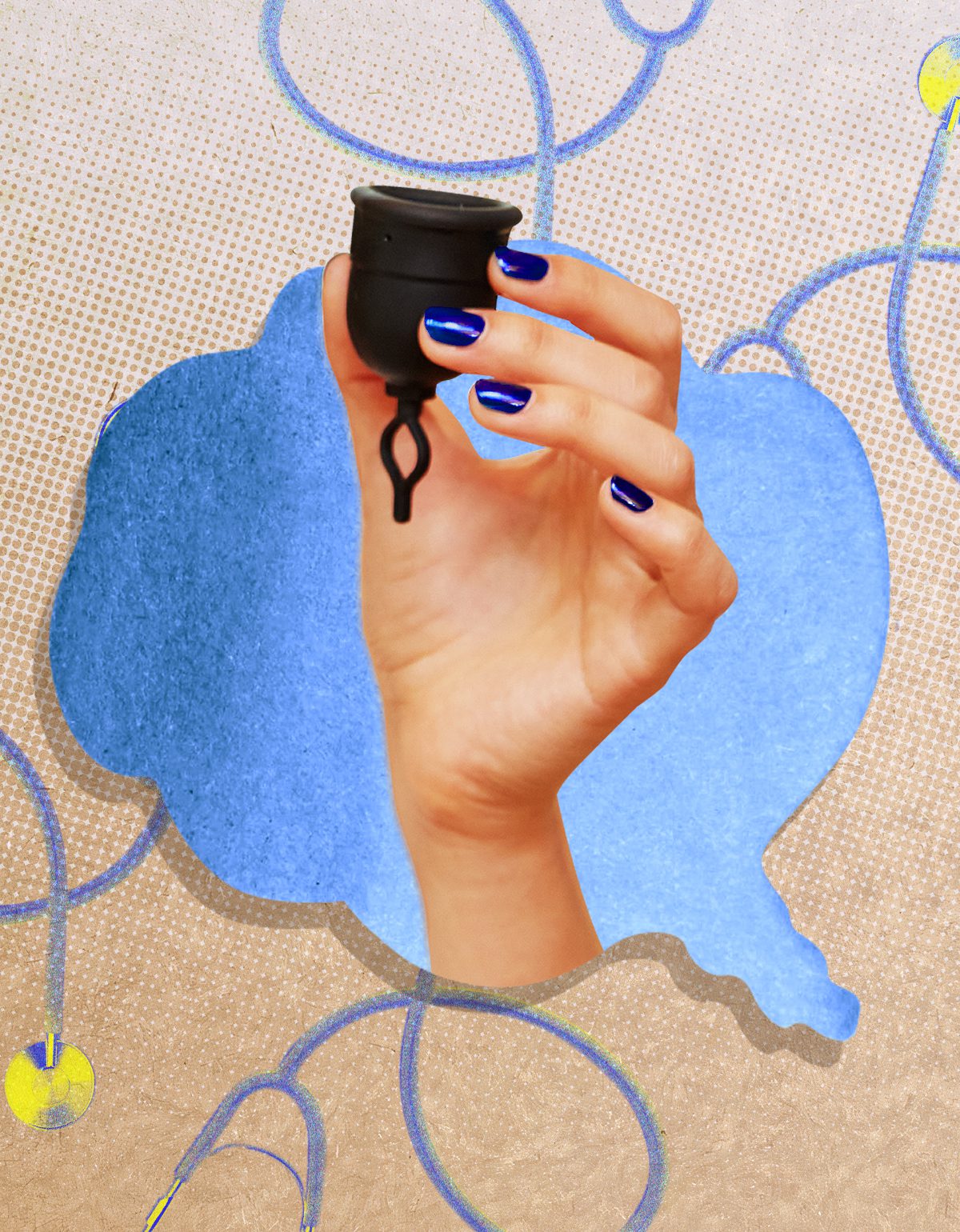Master any period cup with these tips from the Flexperts
With hundreds of different menstrual cups suddenly on the market, learning how to use a menstrual cup can seem overwhelming.
Luckily, most menstrual cups have similar fundamentals. So we’re here to address the basic questions about a technology that (believe it or not) has been around since the invention of Scotch tape and Polaroid cameras.
How to insert a menstrual cup
First things first: Wash your hands.
You’ll need to fold your cup before inserting it into your vagina, and for that, there are no less than nine cup folds for you to try:
- The C (or U) Fold
- Punch-down/Shell
- 7 (Triangle)
- Origami
- E Fold
- S Fold
- Double 7
- Diamond/Half Diamond
- Labia fold
The fold you use will depend on what type of cup you have (some brands recommend specific folds based on how stiff or thick the cup is), your physical abilities, and how deep you want to get into the world of period cup origami.
We like to keep things simple, so we recommend three folds, which can be used for any cup and are simple to learn with our step-by-step directions and reference photos: Click here for the guide. The folds are also illustrated in the video below.
Next, you can squat, sit on a toilet, or stand with a leg propped up- same as how you insert tampons (if you use them). From there, insert your cup into the vaginal canal as high or low as you’d like, and allow it to open.
It’s important for you to relax, which might not come naturally while you’re inserting a foreign object into your vagina for the first time. Tensing up tightens the pelvic floor muscles, making insertion more difficult and less comfortable. Deep belly breaths help, as does practicing when you have the time and space to do so in a low-stress setting.
Run a finger around the base of your cup to determine if it has completely opened. You can give the cup a little twist if there’s any puckering to encourage unfolding.
If your cup is inserted correctly, it should be comfortable and not coming down out of the vagina. If the bottom is coming out, the cup either needs to be inserted more deeply. Alternatively, it could be a sign that the cup you are trying is too big for you.
Can or should I trim the menstrual cup’s stem?
Many menstrual cups come with a tail – but don’t worry, PETA isn’t going to come after you if you chop it off. The stem is not necessary for removal, so if it’s bothering you, give it a lob- lots of people do. Just make sure that you can still reach the cup when it is inside of you without it.
People with a high cervix may have difficulty getting a grip on their cup once inside if there is no stem. You can also try a cup with an adjustable pull-tab. If you have a cup with a pull-tab, like Flex Cup™, please don’t cut it off! Doing so will leave you with a hole in the base of your cup, which means guaranteed leakage.
Removing a period cup
If you’re new to cups and/or if you have a heavy flow, it’s a good idea to check on your cup around every 3-4 hours until you become familiar with how your flow works with your cup.
At a maximum, you can go 12 hours before you need to remove your cup. However, don’t go longer than that: any longer surpasses the FDA’s recommendations.
To remove your cup, start by relaxing your pelvic muscles. Try taking a few deep breaths, or even saying the word “moo” to help release tension (bonus points if the person in the stall next to you moos back).
Then, reach for the base of the cup and pinch a wall away from your vaginal canal to break the suction seal. Continue to pinch as you gently pull the cup down while moving it side to side.
If you’re using a period cup with an adjustable pull-tab, pull the tab slowly to break the seal for you and pull the cup downwards. The pull tab draws the top of the cup in to break the seal for you, so you won’t need to pinch the base. Once you can, grip the base of the cup to get a better hold of it and then remove the cup completely by its base, keeping it upright to avoid spillage.
Finally, dump the menstrual blood into the toilet, and move on to cleaning your cup before reinserting.
Cleaning and caring for a menstrual cup
Most period cup brands will recommend that you boil your cup before and between uses. This might be less than convenient for you if you are very busy (or if you have roommates who cook pasta 24/7). Boiling every single time you reinsert your cup is not necessary, thankfully – but it’s still a good idea to do it at least once a month for sterilization and to prevent stains and odors.
It is, however, absolutely necessary that you rinse (and ideally wash) your cup out every time you empty it before reinsertion. Dump the period blood in the toilet, then rinse the cup in a sink using the hottest water you can stand with a soap that is oil-free and fragrance-free or a specially formulated cup wash, like Flex Foaming Cleanser.
Rub the cup with your soap for 30 seconds to remove residue and make sure to push water through any suction or tab holes in the cup as well.
Pro tip: if you’re worried about stains, start with cold water to rinse all the blood out first, then wash with hot water (which can set stains) or purchase a cup that is made with darker materials.
On the road? We’re not sure what’s in that hot pink gas station soap and we doubt you are either, so skip it and just use hot water if you’re cleaning a cup in a public restroom. Some soaps can irritate your vagina (and can alter the pH of your vagina and lead to irritation or infection) as well as shorten the life of your cup, so only use soap if you know what’s in it.
If you’re using a public restroom and prefer the privacy of your own stall, bring a bottle of water or a pack of gentle wipes with you to clean up (like Flex Wipes). You can also wipe your cup clean using TP in a pinch. Use these two methods when traveling to an area where the tap water is not drinkable.
Totally freaked out about the period blood and making a mess all over your hands, the floor, the toilet? Practice removing the cup in the shower the first few times to get the hang of it. It will come to you, we promise!
Storing your menstrual cup between periods
After you’re done with your cup for the month, give it a solid wash. You can even use a toothbrush to get into the smaller parts, and an interdental brush (the little rods with bristles) to scrub out the holes.
In between periods is when we also recommend boiling your cup for 5-10 minutes, which can keep it from getting smelly and remove discoloration and bacteria. Keep an eye on it to make sure it doesn’t melt, thereby ruining your cup (we also recommend not using your roommate’s favorite pasta pot unless you want to ruin that relationship, too). Bring the water to a boil BEFORE you put the cup in it.
If you’re feeling gadget-hungry, you can purchase sanitizing bags or devices specially designed for sanitizing menstrual cups.
Just like your vagina, cups need to breathe while they sleep – so don’t suffocate it in a plastic bag or other airtight container. This can encourage bacterial growth, unwelcome smells, and material decay. Most cups come with a cloth pouch, which is great for storing your cup in between periods. If you lose it, any natural fiber pouch will do.
Interested in other sustainable ways to have a period? Our article on the difference between menstrual cups and menstrual discs will introduce you to a single-use menstrual product that has less environmental impact than tampons and pads, but still offers the convenience of disposability.

